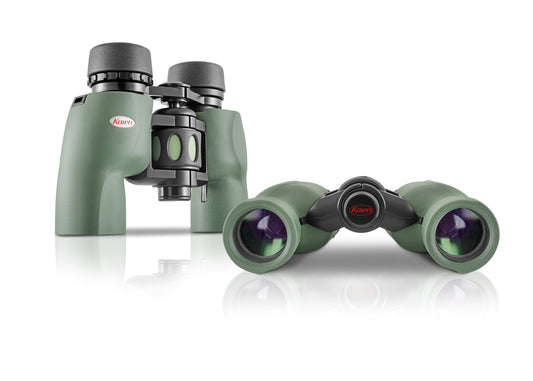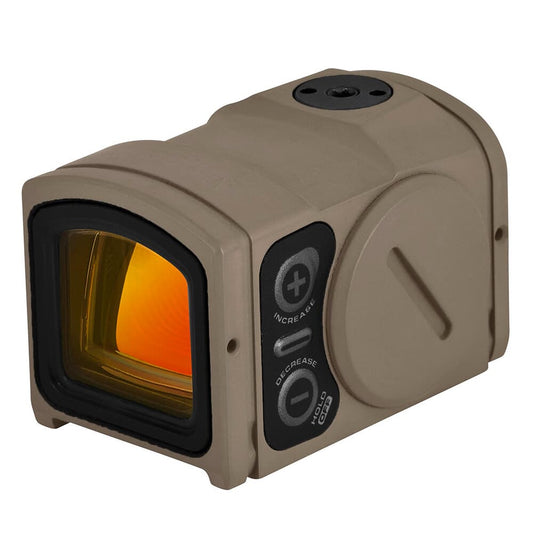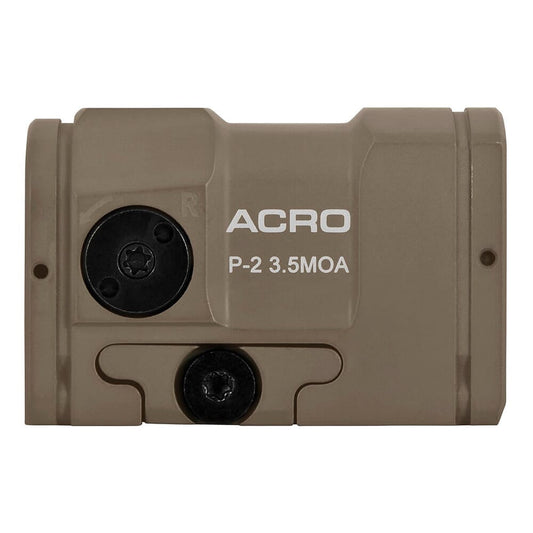

Kowa 6x30 YF II Series Porro Prism Binoculars feature a traditional design combined with modern performance. With a magnification of 6x and a 30mm objective lens, these binoculars deliver a wide 8-degree field of view, allowing you to quickly locate subjects. Their fully multi-coated optics enhance light transmission for brighter images, making them suitable for various outdoor activities, including nature observation and stargazing. Designed for comfort, these binoculars are lightweight and easy to handle, making them ideal for users of all ages.
Constructed to withstand various environmental conditions, the YF II Series binoculars are 100% waterproof and fogproof. The durable rubber exterior ensures a secure grip, while the eco-glass optical components provide vivid color and clarity. Whether you are hiking, birdwatching, or enjoying festivals, these binoculars make it simple to enjoy the outdoors without compromising on quality or ease of use.
Key Features:
- WATERPROOF DESIGN ensures reliable performance in wet conditions.
- LIGHTWEIGHT CONSTRUCTION makes them easy to carry for long periods.
- FULLY MULTI-COATED OPTICS enhance brightness and clarity for clear images.
- KR PROTECTIVE COATING resists dirt and moisture for easy maintenance.
- ERGONOMIC GRIP provides comfort and stability during extended use.
- 20MM EYE RELIEF allows for comfortable viewing, even with glasses.
- 8-DEGREE FIELD OF VIEW enables quick subject location and tracking.
- HIGH TWILIGHT FACTOR of 13.4 enhances visibility in low-light conditions.
Technical Specifications
| Color: | Green |
| Magnification: | 6x |
| Objective Lens Diameter: | 30 mm |
| Prism System: | Porro |
| Eye Relief: | 20 mm |
| Exit Pupil: | 5 mm |
| Field of View, Angle: | 8 degrees |
| Optical Coating: | Multi-Coated |
| Twilight Factor: | 13.4 |
| Water Resistance Level: | Waterproof |
| Weight: | 16.5 oz |
| Fogproof: | Yes |
What's in the Box?
- High-quality case
- Padded shoulder strap
- Rain guard
- Lens cap
Customer Reviews
"Perfect for birdwatching! The clarity is amazing, even in low light." - Sarah T.
"Lightweight and easy to use. Great for hiking trips with the kids!" - Mike L.
"The waterproof feature really came in handy during our camping trip." - Jessica R.
FAQ
How do I maintain my Kowa binoculars? Regular cleaning of the lenses with a soft, lint-free cloth is recommended. Avoid using harsh chemicals. If they get wet, simply dry them with a soft cloth. The protective coatings help keep them clean.
Can I use these binoculars for stargazing? Yes, the Kowa 6x30 YF II binoculars are suitable for stargazing. The 6x magnification and wide field of view make it easier to track celestial objects, especially during clear nights.
How do these binoculars compare to similar models? Compared to other models in the same category, the Kowa YF II Series stands out with its unique combination of lightweight design, waterproof features, and high-quality optics, making it an excellent choice for outdoor enthusiasts.
Similar Models
Looking for more options? Explore the Kowa lineup for other binocular models like the Kowa 8x42 YF II for enhanced magnification and the Kowa 10x32 YF II for a compact design. Discover our full collection for a variety of binoculars tailored to your outdoor adventures.
You May Also Like
Here’s some of our most similar products people are buying. Click to discover trending style.











